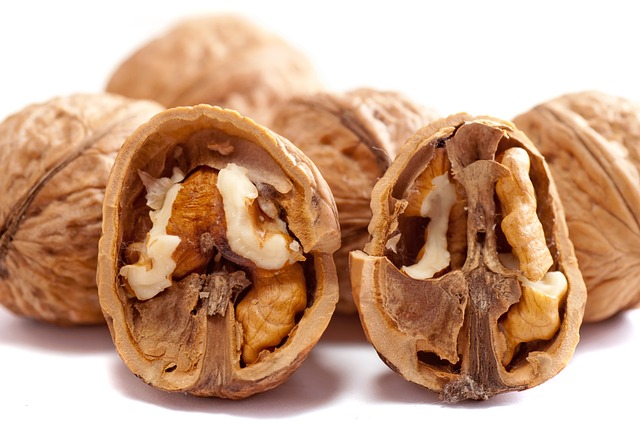
Protein Synthesis
Understanding Protein Synthesis
Protein synthesis is a fundamental biological process that occurs in all living organisms. It is essential for cell function, growth, and repair. This process can be divided into two main phases: transcription and translation. Each phase plays a crucial role in the production of proteins, which are vital for various cellular functions.
Transcription: The First Step
The first phase of protein synthesis is transcription, which takes place in the nucleus of the cell. During transcription, a specific segment of DNA that encodes a protein, known as a gene, is converted into a molecule called messenger RNA (mRNA). This conversion is facilitated by enzymes known as RNA polymerases.
Once RNA polymerase binds to the DNA at the promoter region of the gene, it unwinds the DNA strands and synthesizes a complementary strand of mRNA. This mRNA strand is a copy of the gene and carries the genetic information needed for protein synthesis.
Splicing: Preparing mRNA
Before the mRNA can be used in translation, it undergoes a process known as splicing. During splicing, non-coding regions called introns are removed from the pre-mRNA molecule. This process is carried out by a multi-protein complex known as a spliceosome, which consists of over 150 proteins and RNA molecules.
After splicing, the remaining coding regions, known as exons, are joined together to form a mature mRNA molecule. This mature mRNA is then exported from the nucleus into the cytoplasm through nuclear pores, where it will be used in the next phase of protein synthesis.
Translation: The Synthesis of Proteins
The second phase of protein synthesis is translation, which occurs in the cytoplasm. During translation, ribosomes, which are the cellular machinery responsible for protein synthesis, read the mRNA sequence. The ribosome translates the mRNA code into a specific sequence of amino acids, which are the building blocks of proteins.
The process begins when the ribosome binds to the mRNA molecule. Transfer RNA (tRNA) molecules, which carry specific amino acids, then match their anticodons to the codons on the mRNA strand. As the ribosome moves along the mRNA, it facilitates the formation of peptide bonds between the amino acids, creating a polypeptide chain.
Folding and Function: The Final Steps
Once the synthesis of the polypeptide chain is complete, the chain undergoes a process of folding. This folding is crucial, as the specific three-dimensional structure of the protein determines its function. The primary structure of a protein refers to the linear sequence of amino acids in the polypeptide chain.
As the polypeptide folds, it may form secondary structures, such as alpha helices and beta sheets, and further fold into a tertiary structure. In some cases, multiple polypeptide chains may come together to form a quaternary structure, which is essential for the function of certain proteins.
Conclusion
Protein synthesis is a complex but well-orchestrated process that is vital for life. Understanding the stages of transcription and translation provides insight into how cells produce the proteins necessary for their functions. This knowledge is not only fundamental to biology but also has implications in fields such as medicine, genetics, and biotechnology.

















 Test Prep Champions Social Studies
Test Prep Champions Social Studies 
 Health
Health  Fitness
Fitness  Lifestyle
Lifestyle  Tech
Tech  Travel
Travel  Food
Food  Education
Education  Parenting
Parenting  Career & Work
Career & Work  Hobbies
Hobbies  Wellness
Wellness  Beauty
Beauty  Cars
Cars  Art
Art  Science
Science  Culture
Culture  Books
Books  Music
Music  Movies
Movies  Gaming
Gaming  Sports
Sports  Nature
Nature  Home & Garden
Home & Garden  Business & Finance
Business & Finance  Relationships
Relationships  Pets
Pets  Shopping
Shopping  Mindset & Inspiration
Mindset & Inspiration  Environment
Environment  Gadgets
Gadgets  Politics
Politics 